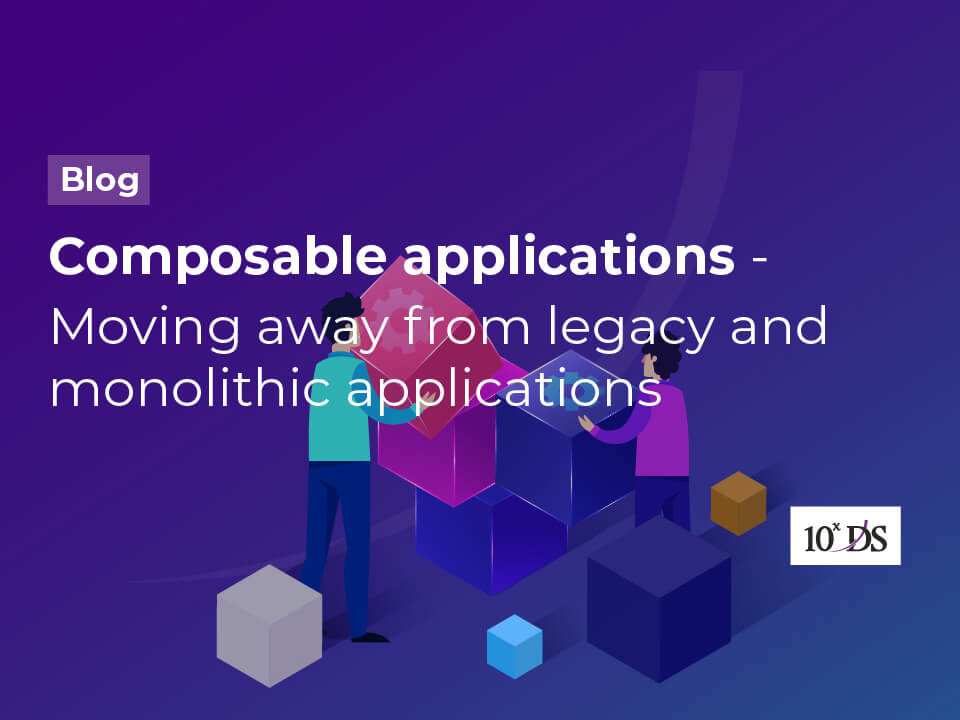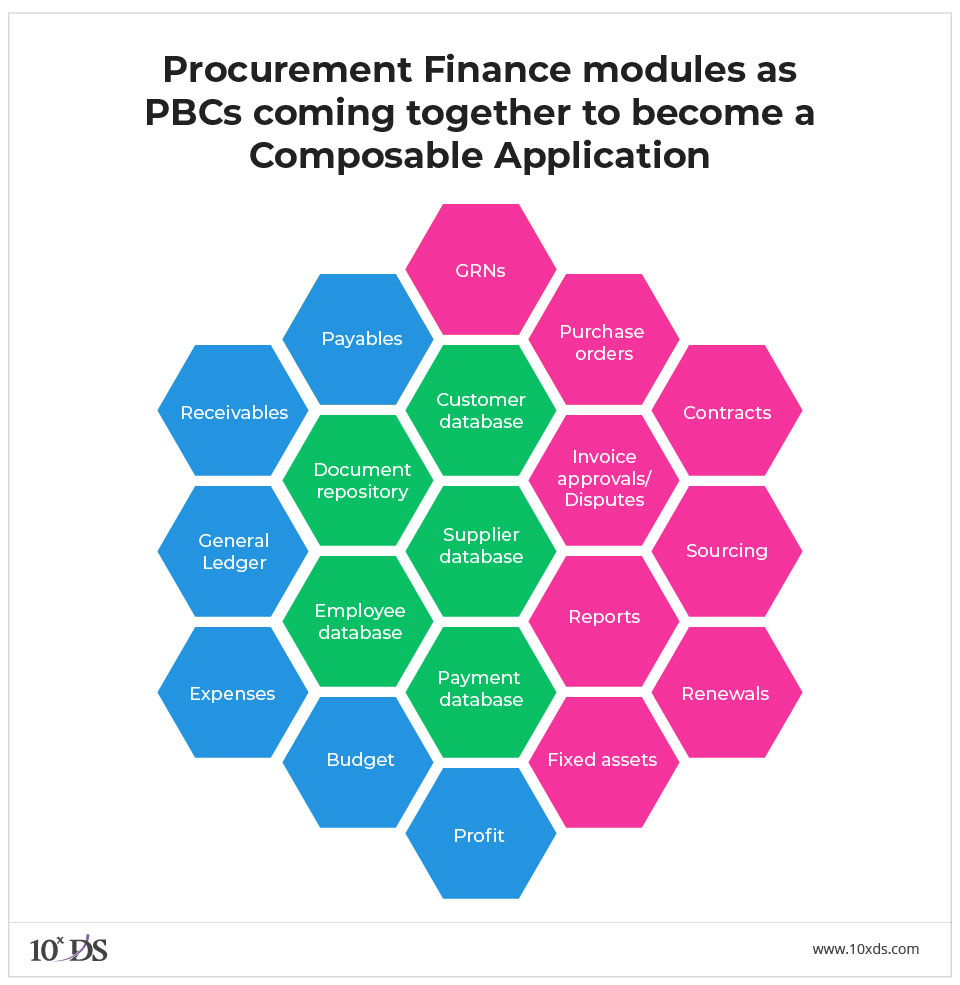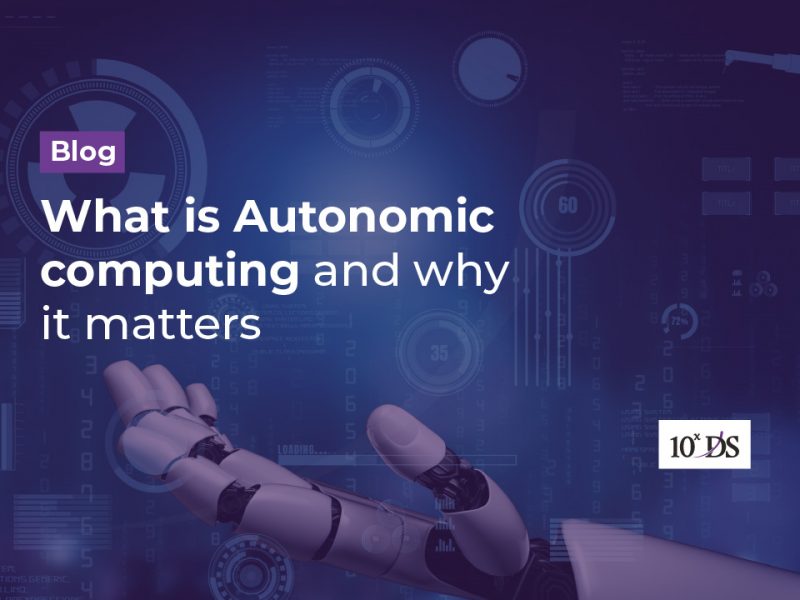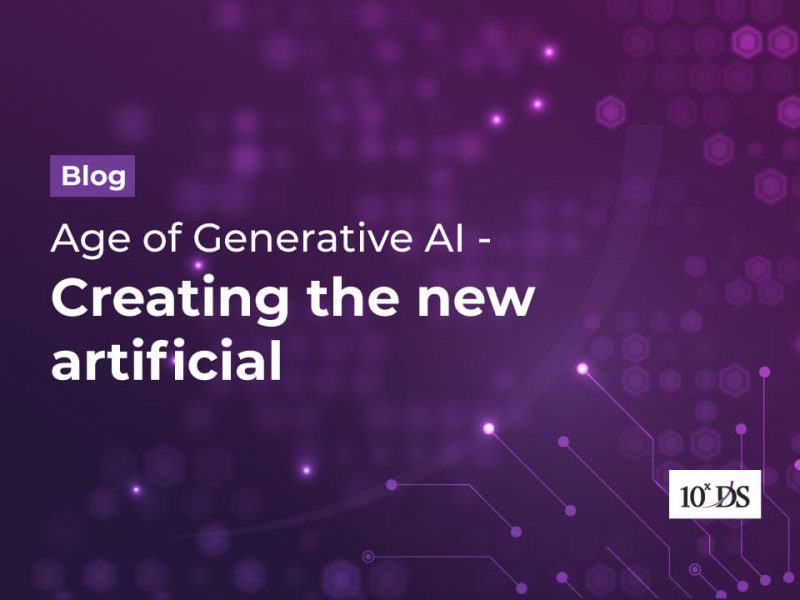
Composable Applications – Moving away from Legacy and Monolithic Applications
Many companies still run legacy systems considering the humongous change management process they need to undertake to replace them. Keeping aside the security risks, the management and maintenance of such systems is a costly affair for those companies still holding onto them. While they are inefficient and unstable, compatibility with new technologies is a major problem to deal with. They also become the single point of failure on both the user and IT sides. Moving away from legacy, few companies adopted the monolithic architecture considering the scale of their business, they wanted a single application to handle multiple things so that it is relatively easy for them to manage. Monolithic applications are designed to handle multiple tasks but related ones. They are modern but complex applications that encompass several tightly coupled functions. They have huge code bases and making a small change in a single function can require changes in the entire application.
Moving away from these hassles, companies are adopting microservices, Packaged Business Capabilities (PBCs) and Composable Applications. Let us try to have a look at the definition of these terms first and then discuss how these modern techniques are helpful for companies today.
- Microservices – smaller applications deployed independently as loosely connected services, connected together through application integration. Microservices are smaller in scope and size, which makes it easier for developers to improve them through continuous development, integration and delivery. They can communicate with other microservices through APIs
- Packaged Business Capabilities (PBCs) – Gartner defines PBCs as a software component that represents a well-defined business capability, recognizable as such by a business user and consists of a bounded collection comprising a data schema and a set of services, APIs and event channels. A PBC involves grouping of APIs that serve a specific business capability as against microservices that are more tightly scoped and granular. A microservice is a smaller piece while PBCs comprise of more than one microservice packaged together.
- Composable Applications – PBCs becomes the building block of composable applications which gives the much-needed agility for companies to quickly build and integrate the changing requirements. Composable architecture enables a plug-n-play model where PBCs can be quickly reconfigured and reassembled with ease. That is the reason why “composable applications” is among the list top technology trend of 2022. How does it help the business? They enable businesses to quickly align with rapid business changes by being faster to market.
Honeycomb illustration of a Procurement Finance modules as PBCs coming together to become a Composable application.
 Organizations are able to adapt to changing business needs, evolving consumer trends and diversified market demands with much-needed agility. The APIs and cloud services involved in the foundation of your business processes are a major reason for this faster time to market. It enables flexible, resilient, and agile way of conducting business. Composable applications also enable more innovation in the long term by not disrupting the BAU. The architecture is also more collaborative with external and internal applications by way of being more receptive with the help of APIs. Overall, it creates an autonomy that makes businesses thrive and decentralizing decisions around applications changes. While companies really talk about digitally transforming organizations, the easier way to achieve it is by adapting a composable architecture. Digital transformations involve modernization of the way business is conducted and a composable business model seems to be doing the same. As each of the modules can be isolated, enhanced, and re-associated, there is nothing that can become obsolete as they keep evolving and transforming.
Organizations are able to adapt to changing business needs, evolving consumer trends and diversified market demands with much-needed agility. The APIs and cloud services involved in the foundation of your business processes are a major reason for this faster time to market. It enables flexible, resilient, and agile way of conducting business. Composable applications also enable more innovation in the long term by not disrupting the BAU. The architecture is also more collaborative with external and internal applications by way of being more receptive with the help of APIs. Overall, it creates an autonomy that makes businesses thrive and decentralizing decisions around applications changes. While companies really talk about digitally transforming organizations, the easier way to achieve it is by adapting a composable architecture. Digital transformations involve modernization of the way business is conducted and a composable business model seems to be doing the same. As each of the modules can be isolated, enhanced, and re-associated, there is nothing that can become obsolete as they keep evolving and transforming.
Conclusion
With composable architecture, it has become easy for reshaping the modern enterprise and modern enterprises paves way for smoother business operations. Organizations are able to tap into the needs of customers, employees, investors and decision-makers and turnaround things quickly with easily pluggable readily available PBCs. Have you explored the composable architecture yet?
Talk to our experts!


